Imagine a world beneath the waves where tiny fish perform a job many would never expect—scrubbing, picking, and even risking their lives to keep ocean giants healthy. Cleaner fish, with their dazzling colors and bold behavior, are the unsung heroes of coral reefs and rocky coastlines. With a flick of a fin, they dart into the mouths of predators, bravely removing parasites and dead skin in exchange for a meal. It’s a relationship so bizarre, so full of drama and mutual trust, that it almost seems made up. Yet, these little fish shape the destinies of entire underwater communities, weaving a story of survival, cooperation, and unexpected oddities. Are you ready to dive into the secret lives of nature’s tiniest janitors?
Meet the Cleaner Fish: Who Are They?

Cleaner fish are a diverse group, but the most famous are the vibrant wrasses and clever gobies. These specialists come in many shapes and colors, but all share a remarkable skill: they remove unwanted hitchhikers from other fish. While the blue-streaked cleaner wrasse steals the spotlight, hundreds of species, from neon gobies to juvenile angelfish, take on cleaning duties. Their role isn’t just a quirk of nature—it’s essential for the health of the reef. Without these diligent cleaners, parasites would run rampant, and fish populations would suffer. Imagine a hospital without nurses or janitors; that’s what reefs would be like without cleaner fish.
How Cleaning Stations Work

Cleaner fish set up shop at special locations called cleaning stations, visible rest stops where fish of all sizes gather for a “check-up.” These stations are like bustling markets, full of colorful activity and anticipation. Client fish queue up, often waiting their turn as cleaner fish zip between them, inspecting scales, gills, and even inside mouths. It’s a spectacle of patience and order, almost as if there’s an unspoken rulebook everyone follows. The cleaner fish signal their readiness with a special “dance,” flicking their bodies to attract customers. It’s hard not to marvel at this underwater choreography, where trust replaces fear and everyone gets something out of the deal.
The Art of Parasite Picking
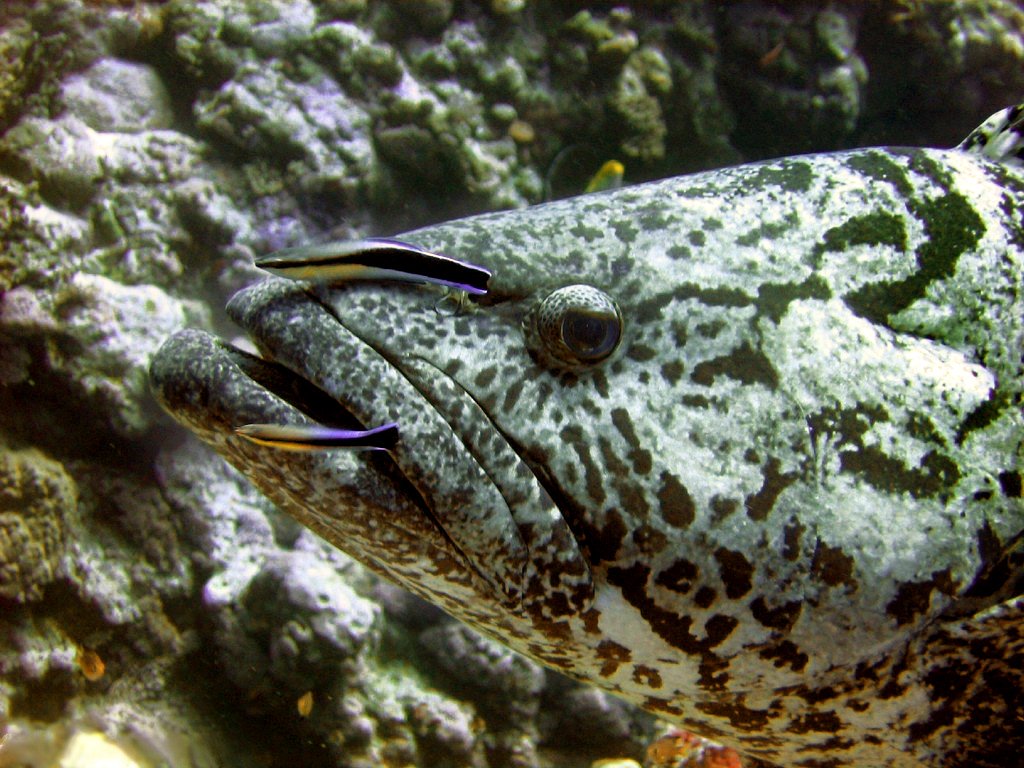
The main course for cleaner fish is parasites—tiny crustaceans, worms, and bits of dead skin. Armed with nimble mouths and sharp eyesight, they meticulously comb their clients for anything edible. Sometimes, they even brave the sharp teeth of predators, slipping between jaws to reach tricky spots. For the client fish, a visit means relief from itching and disease. For the cleaner, it’s a steady meal. The level of precision is astounding; scientists have watched cleaner wrasses remove hundreds of parasites in just a few minutes. It’s like a spa day and a buffet rolled into one—a win-win that keeps the whole reef running smoothly.
Evolution’s Oddballs: Why Take the Risk?
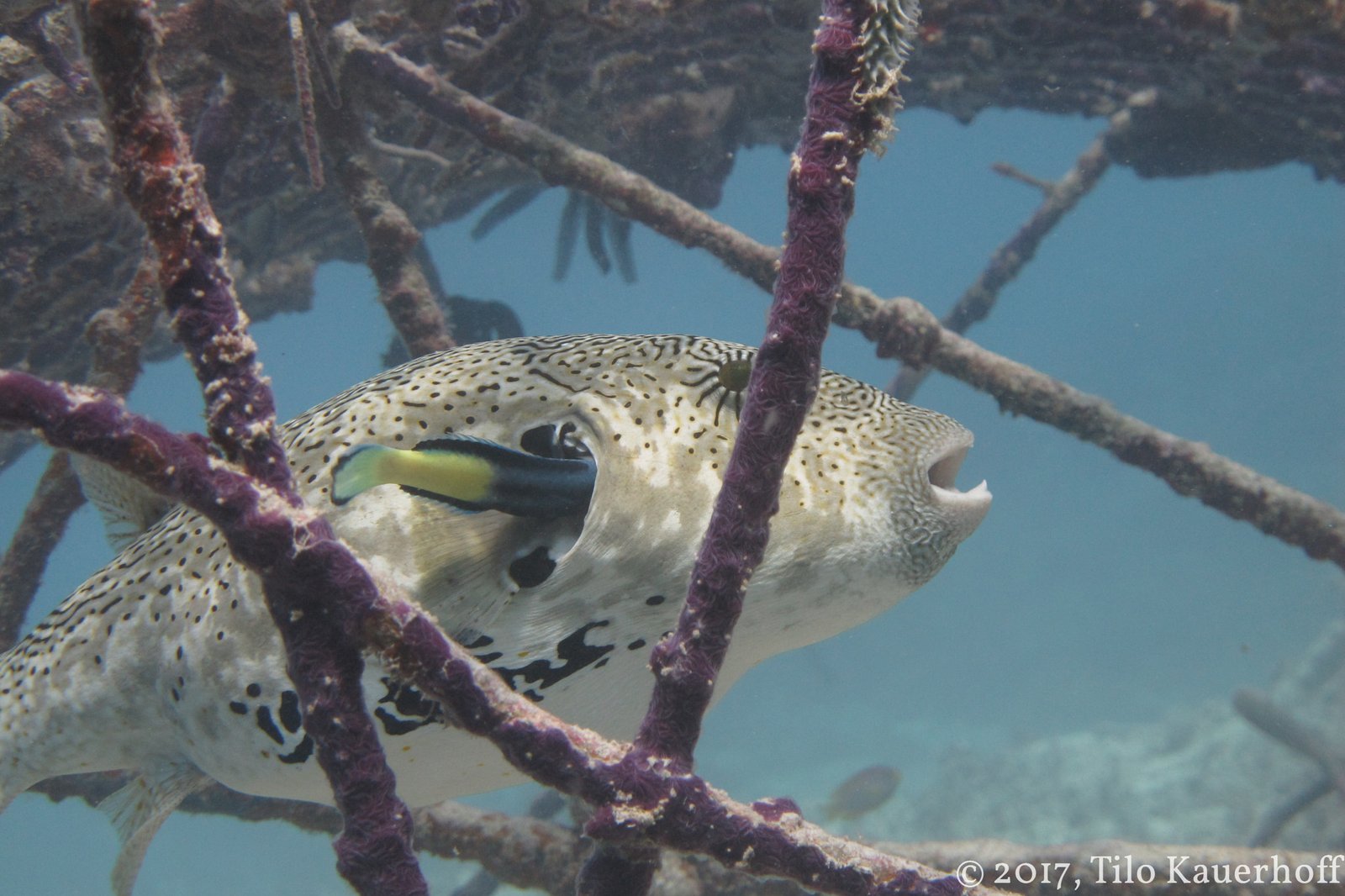
It seems counterintuitive: why would a small fish risk swimming into a predator’s mouth? The answer lies in evolution’s clever trade-offs. For cleaner fish, the risk comes with high rewards—a constant food supply and protection from being eaten, since most clients stick to the “no eating the help” rule. Over time, both cleaners and their clients evolved behaviors to reinforce this mutual trust. Bold colors and flashy dances signal honesty, while clients learn to suppress their hunting instincts during the cleaning session. It’s a wild experiment in trust, fine-tuned by millions of years of co-evolution.
Mimics and Cheats: The Dark Side of Cleaning
Not all fish play by the rules. Some species, like the infamous sabre-toothed blenny, have evolved to look and act just like cleaner wrasses—but with a twist. Instead of removing parasites, they sneak in and take a painful bite of flesh before dashing away. These “cheats” muddy the waters, forcing client fish to be more discerning about whom they trust. This arms race of trickery and detection keeps the reef community on its toes, proving that even the most harmonious relationships have their troublemakers. It’s a reminder that nature’s balance is delicate and full of surprises.
Communication Beneath the Waves
Cleaner fish and their clients have developed a rich language of signals to avoid misunderstandings. The cleaner’s dance isn’t just for show—it’s a promise of good intentions. Clients, in turn, adopt a special posture, spreading their fins and holding still to indicate they’re ready for a cleaning. If a cleaner fish accidentally nips too hard, clients may “jolt” as a warning or swim away in protest. These subtle negotiations keep the peace and ensure that the cleaning session goes smoothly. It’s a silent conversation, as intricate as any human handshake or smile.
Cleaner Fish and Coral Reef Health

The impact of cleaner fish goes far beyond individual fish. By controlling parasite levels, cleaners help keep whole populations healthy, which in turn supports the vibrant diversity of coral reefs. Studies have shown that reefs with healthy cleaner fish populations have more species, larger fish, and fewer signs of disease. When cleaners are removed, chaos ensues—parasite loads spike, fish abandon the area, and the ecosystem unravels. Cleaner fish are like the keystone in an arch: remove them, and everything else threatens to crumble.
Unexpected Clients: From Turtles to Sharks
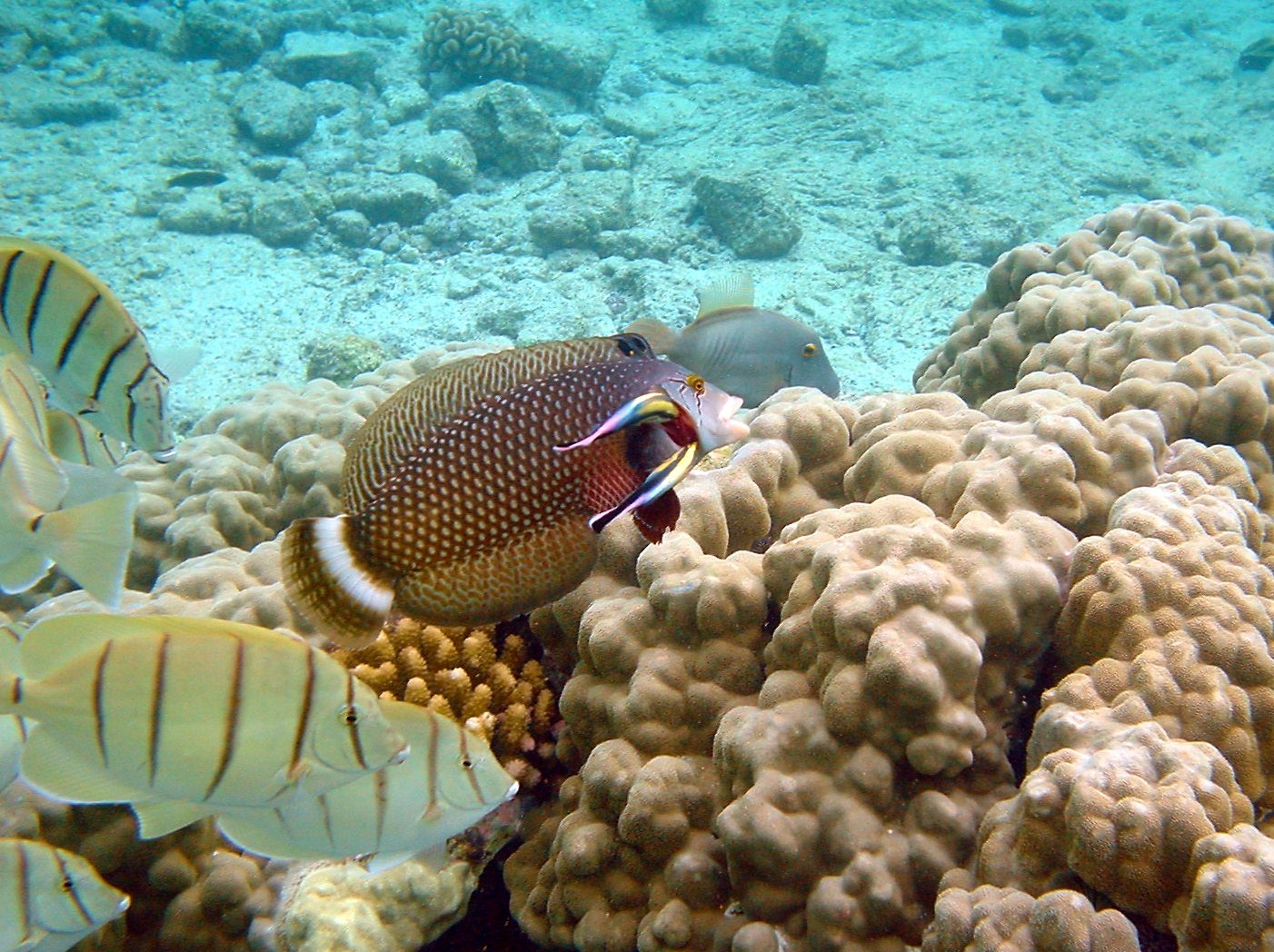
Cleaner fish don’t just cater to reef dwellers. Sea turtles, rays, and even sharks line up for a cleaning, drawn by the promise of relief from pesky parasites. There’s something almost comical about watching a giant grouper or a massive turtle patiently wait its turn while a fish no bigger than a finger gets to work. Even apex predators seem to respect the unwritten rule: no hunting at the cleaning station. These encounters blur the lines between friend and foe, showing that even the fiercest animals need a little TLC sometimes.
Life as a Cleaner: Perks and Pitfalls
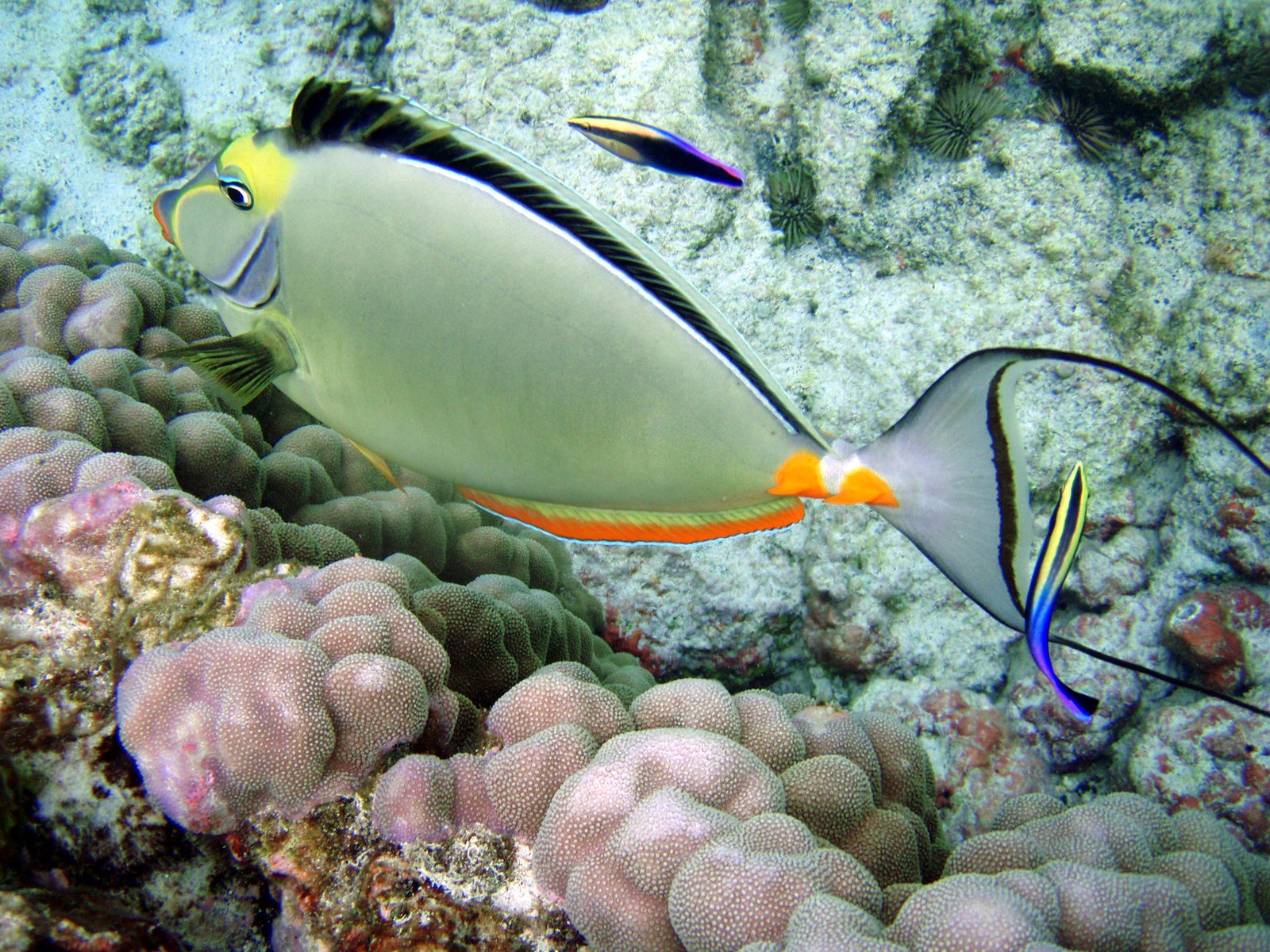
Being a cleaner fish isn’t all sunshine and spa days. While the job brings food and protection, it also puts cleaners in the spotlight. They must constantly prove their reliability, or risk losing customers to competitors. If they cheat, their reputation suffers, and clients may avoid them. Cleaners also have to watch out for mimics and cheats that try to muscle in on their territory. The pressure to perform can be intense, but the rewards—a steady stream of food and a front-row seat to the reef’s daily drama—are worth the hustle.
Learning and Memory: Smarter Than They Look
Cleaner fish have surprised scientists with their intelligence. They can remember individual clients, adjust their behavior based on who’s watching, and even resolve disputes between rival fish. Some studies suggest cleaner wrasses can recognize themselves in mirrors—a sign of advanced cognition rarely seen in fish. This mental agility helps them navigate the complex social world of the reef, balancing honesty, reputation, and the ever-present risk of being outsmarted by a mimic. It’s a reminder that intelligence comes in many forms, and sometimes the smallest creatures have the sharpest minds.
Colorful Characters: The Rainbow of Cleaners
The ocean is full of colorful cleaner fish, from electric blue wrasses to jet-black gobies. These vibrant colors aren’t just for show—they’re a kind of advertisement, signaling to clients that they’re open for business. Some cleaners even change color depending on their mood or the time of day. This eye-catching display helps them stand out in the crowded reef, while also warning predators that they’re not an easy meal. It’s like wearing a neon “OPEN” sign around your neck, ensuring everyone knows exactly where to go for a cleaning.
Cleaner Shrimp: Not Just Fish
Fish aren’t the only creatures offering cleaning services. Cleaner shrimp, with their long, waving antennae and bright red stripes, also set up stations on reefs. They perform the same job as cleaner fish, picking parasites off fish and even venturing into their mouths and gills. Clients seem to recognize the difference, often seeking out shrimp when fish are busy. Cleaner shrimp add another layer of complexity to the cleaning business, proving that in the ocean, there’s always room for more competition—and more cooperation.
Cleaning in Freshwater: Beyond the Coral Reef
While most cleaner fish are found in tropical seas, cleaning behavior isn’t limited to the ocean. Some freshwater fish, like certain catfish and cichlids, have evolved similar mutualistic relationships. These freshwater cleaners may not have the same flamboyant colors, but their impact on local ecosystems is just as profound. They keep river giants like catfish and pike free from parasites, maintaining balance in lakes and streams. It’s an example of how nature often solves the same problem in wildly different ways.
Symbiosis: The Power of Partnership
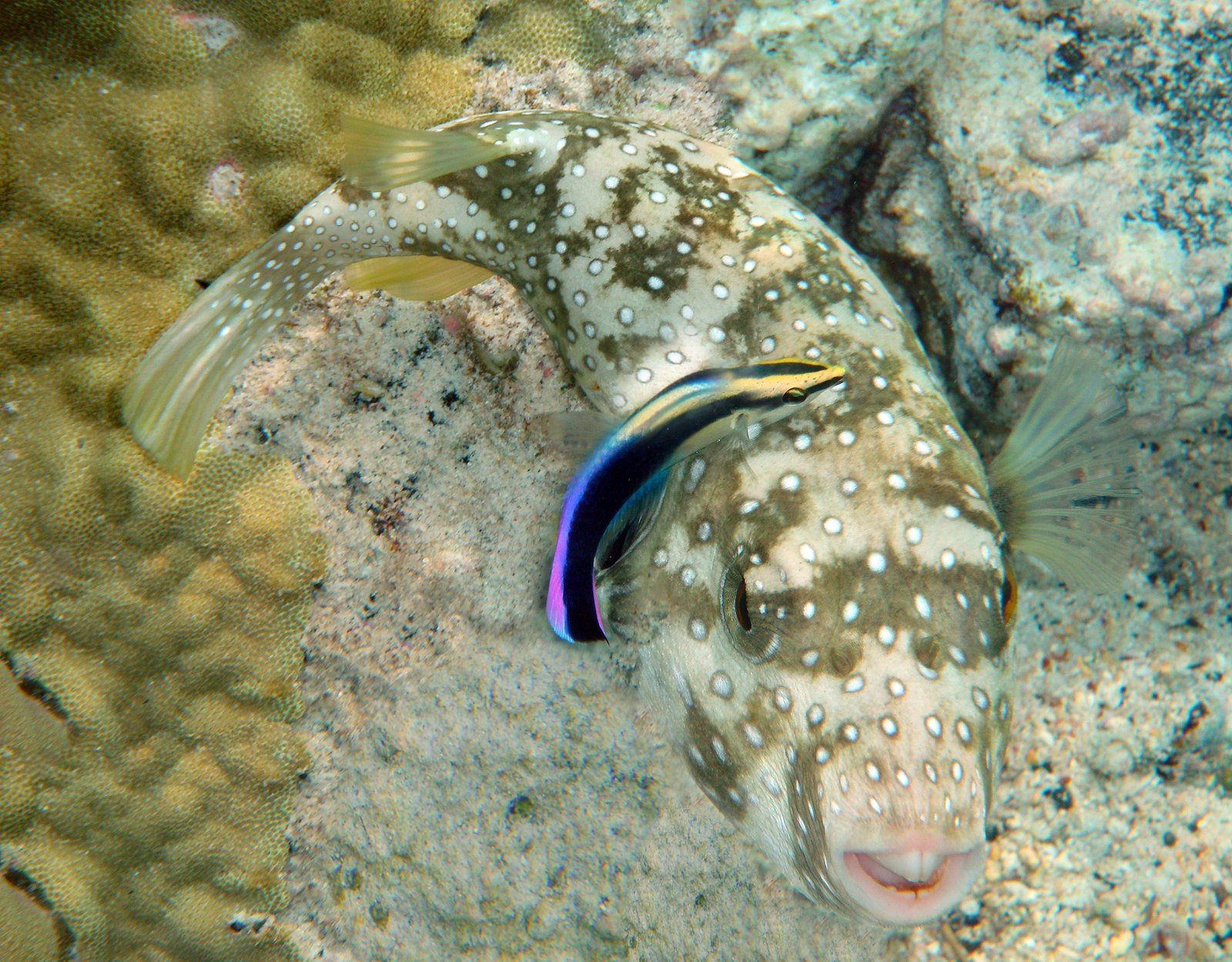
The relationship between cleaner fish and their clients is a classic example of symbiosis—two species working together for mutual benefit. In a world where competition is often the rule, cleaner fish show us the power of cooperation. Their partnerships are finely tuned, built on trust, communication, and a shared need to survive. Symbiosis like this isn’t rare in nature, but the cleaning relationship is especially dramatic and easy to observe. It’s a living lesson in how even the most unlikely allies can shape the world around them.
The Role of Cleaners in Evolutionary Biology
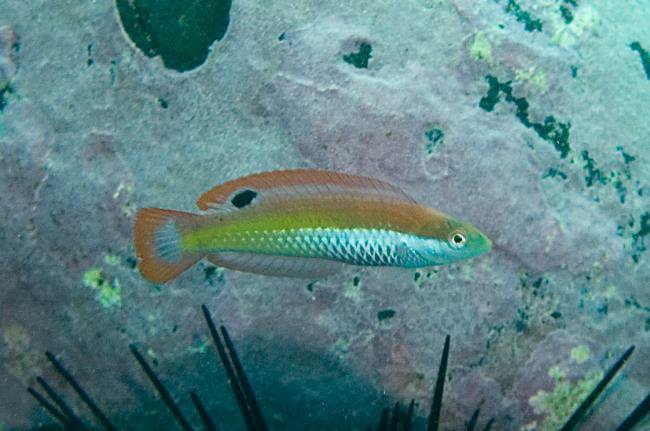
Cleaner fish have given scientists a window into the complexities of evolution and behavior. Their interactions with clients—trust, cheating, punishment, and reputation—mirror many of the social dynamics seen in mammals and birds. By studying cleaners, researchers gain insights into how cooperation evolves, how animals recognize and remember each other, and how societies enforce fairness. It’s hard not to be amazed by how much these tiny fish can teach us about some of life’s biggest questions.
Threats Facing Cleaner Fish
Like many marine species, cleaner fish are under threat from overfishing, habitat loss, and climate change. Coral bleaching and pollution can devastate the reefs they call home, while changes in water temperature can disrupt their delicate relationships with clients. When cleaner fish disappear, entire communities suffer. Protecting these ocean janitors isn’t just about saving a single species—it’s about preserving the intricate web of life that depends on their daily work. The stakes are high, and time is running out.
Cleaner Fish in Aquariums: Bringing the Reef to You

Cleaner fish have become popular in home aquariums, both for their striking colors and their helpful habits. In captivity, they can reduce parasite loads on other fish, though the controlled environment isn’t quite the same as the wild. Watching a cleaner wrasse at work can be a mesmerizing experience, offering a glimpse into the complex world beneath the surface. However, keeping them healthy in an aquarium requires care and knowledge, as their specialized diets and social needs are difficult to replicate outside the reef.
Human Lessons from Ocean Janitors
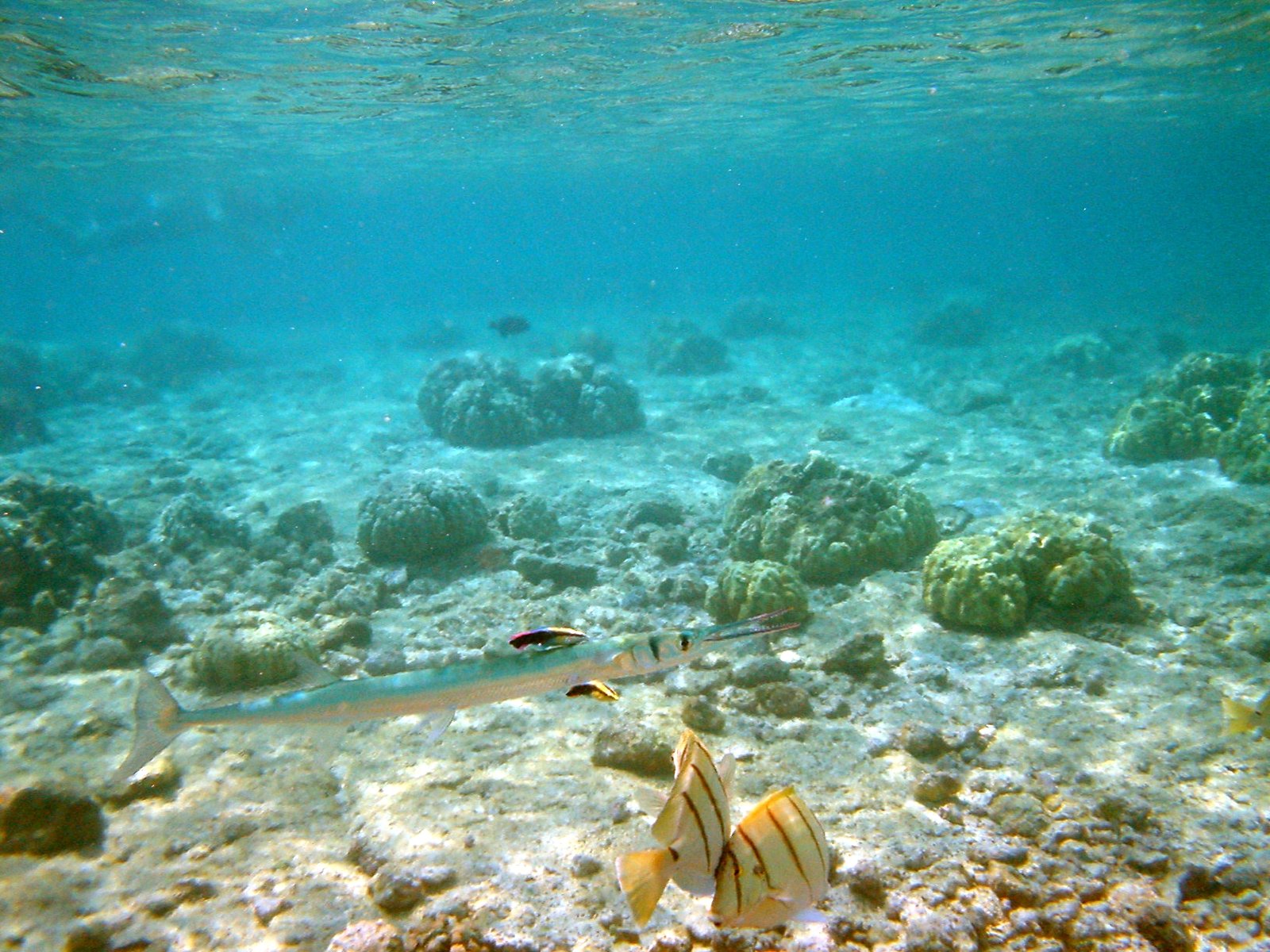
The story of cleaner fish is more than just a quirky natural oddity. It’s a powerful metaphor for trust, cooperation, and the importance of every role in a community. Just as cleaner fish keep the reef healthy, people working behind the scenes in our own lives—nurses, janitors, helpers—often go unnoticed but make everything possible. Cleaner fish remind us that even the smallest actions can have huge ripple effects, shaping the world in ways we might never expect.
Why We Should Care About Cleaner Fish
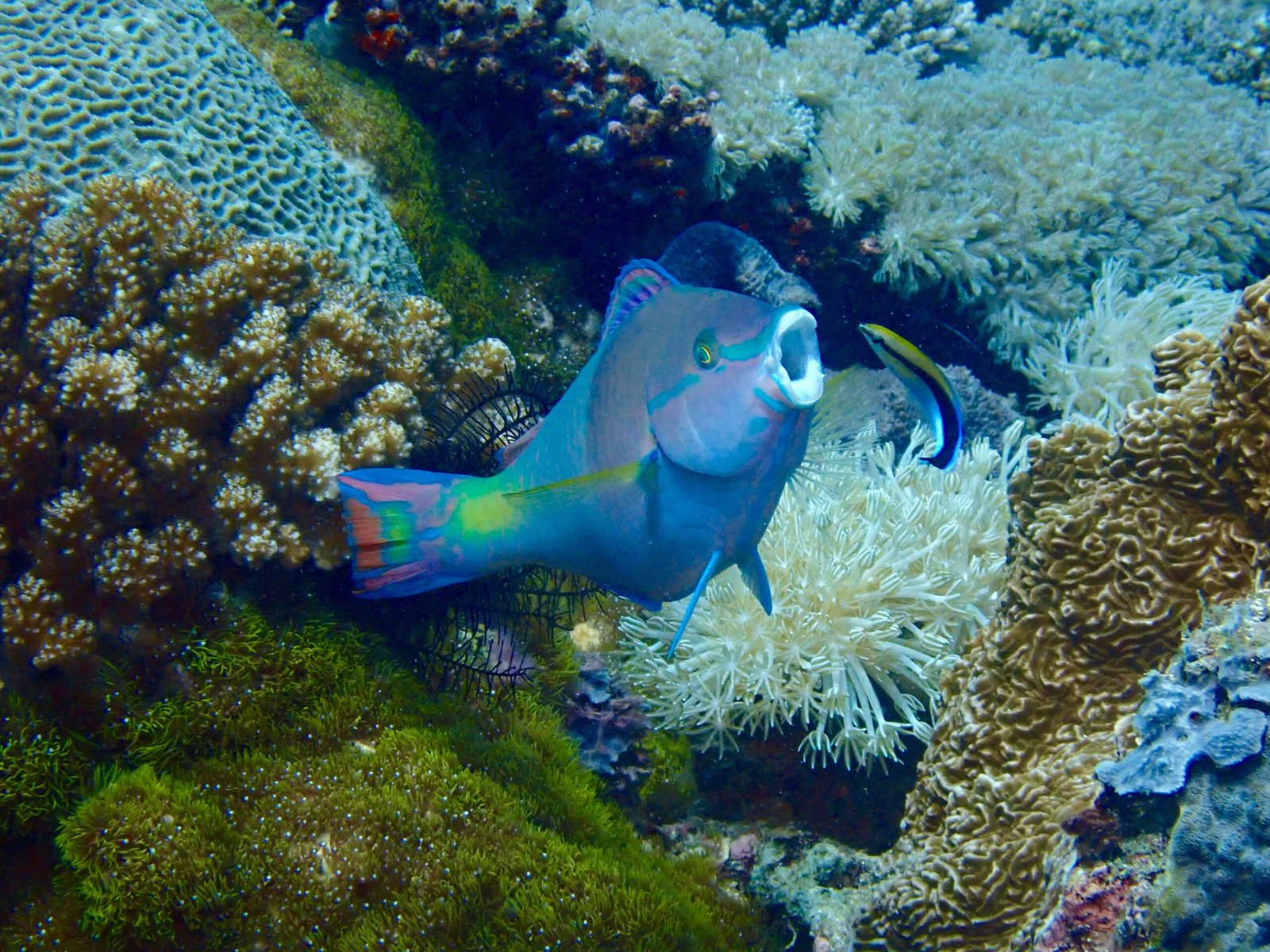
Cleaner fish may be tiny, but their impact is enormous. They are critical to the health of coral reefs, a key player in the balance of ocean life, and a fascinating example of how nature solves problems through unlikely partnerships. By protecting cleaner fish and their habitats, we safeguard not just a single species, but the vibrant, interconnected tapestry of life in our oceans. Next time you think about the wonders of the underwater world, spare a thought for these brave little janitors—nature’s true unsung heroes.



